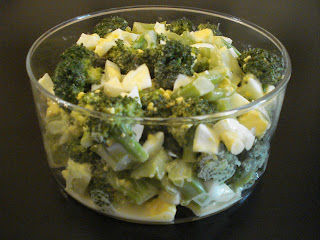
After our visit to the fabulous farmers' market in Madison, Wisonsin last weekend, visions of vegetables and fruits have been dancing in my head ever since. Probably because such beautiful bounty of summer will not be available for much longer, the result has been a strong urge to purchase every fresh fruit and vegetable I now come across. A trip to our local grocery a few days back found me grabbing up produce with reckless abandon. Which then begged the question of what to do with the current abundance of the season's wonderfully fresh produce before the quality goes down and the prices go up. The answer I came up with? Can it.
The canning idea first ran through my head when, on the the flight home from Wisconsin, I happened to read a lovely little magazine article about a recent surge in the popularity of pickled vegetables and condiments on restaurant menus across the country. The urge to can got stronger a couple days later, when a newspaper feature on canning fresh tomatoes caught my eye. Once I saw a hardware store flyer advertising a sale on canning items, I was hooked.
Never mind that aside from the standard hamburger dill chip we rarely eat anything that's pickled. Disregard the fact that I have never canned anything before in my life. Overlook that it's hot and muggy outside, that we have no central air, and that my kitchen is the size of a small walk-in closet. Forget about all of these practical matters, as I certainly did two days ago, when I decided that I was going to spend the weekend standing for endless hours over a hot stove, pickling and canning an assortment of fruits and vegetables.
And can I did! After teaching myself a few basics through some quick Internet research and then hitting Walmart for canning supplies, the project began with fresh green beans, which I canned in a brine infused with spicy cayenne pepper.

Because the local peaches were at the height of their summer glory, I could not resist making a batch of brandied spiced peaches (although prepping the fresh fruit was really the pits, bad pun totally intended).


Wanting something easier after the peaches, I next prepared a hot and sour pepper relish recipe that I found in one of my cookbooks, and then I ended my canning marathon by making dilled pickled baby carrots.
My initial canning experience now over, I can report that the process was far simpler than I had imagined, although some extra counter space and a friend to help out would have made it go much more efficiently. What I am not able to report on, at least not yet, is the actual taste of anything I preserved, as all the recipes I made need to sit at least a couple of weeks to let the flavors develop.
Until we crack open the first jar or two, I will just continue to take simple delight in gazing at the tidy rows of home canned goods now lining my cupboard shelves. Yes, just because I can.
















































